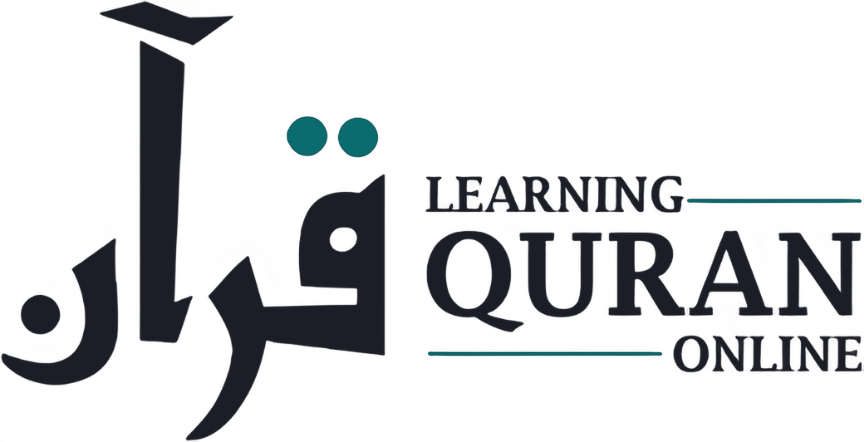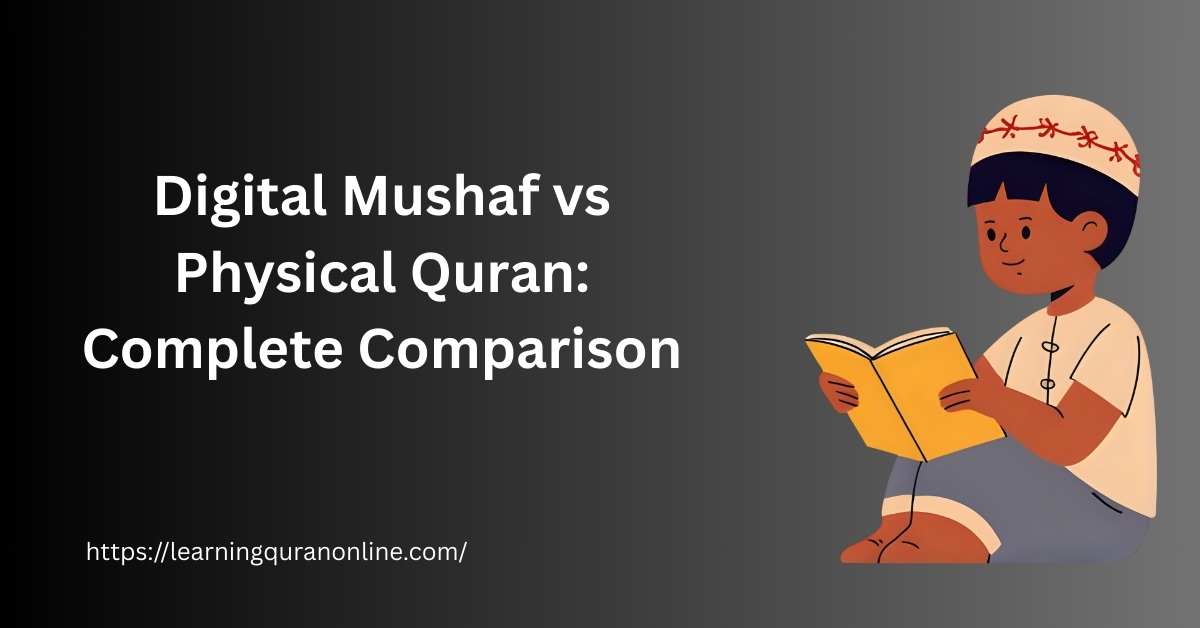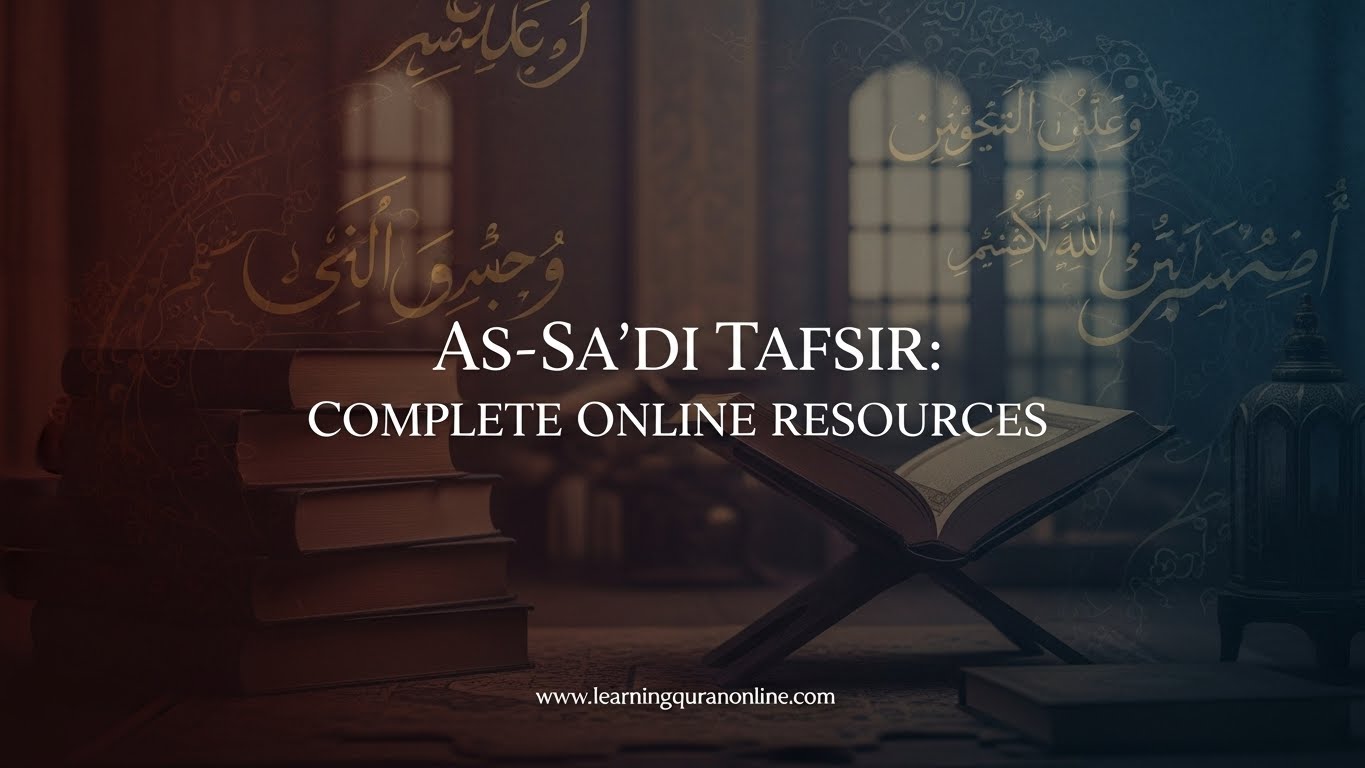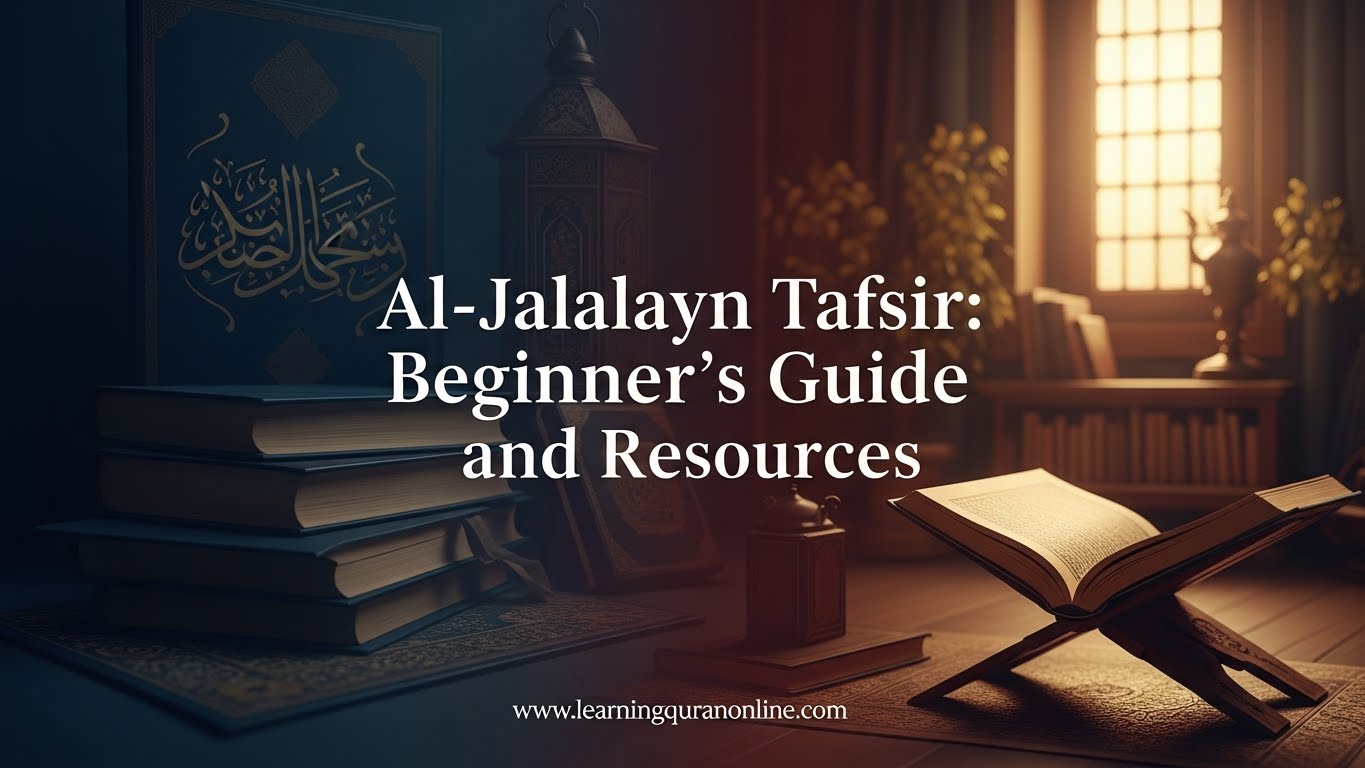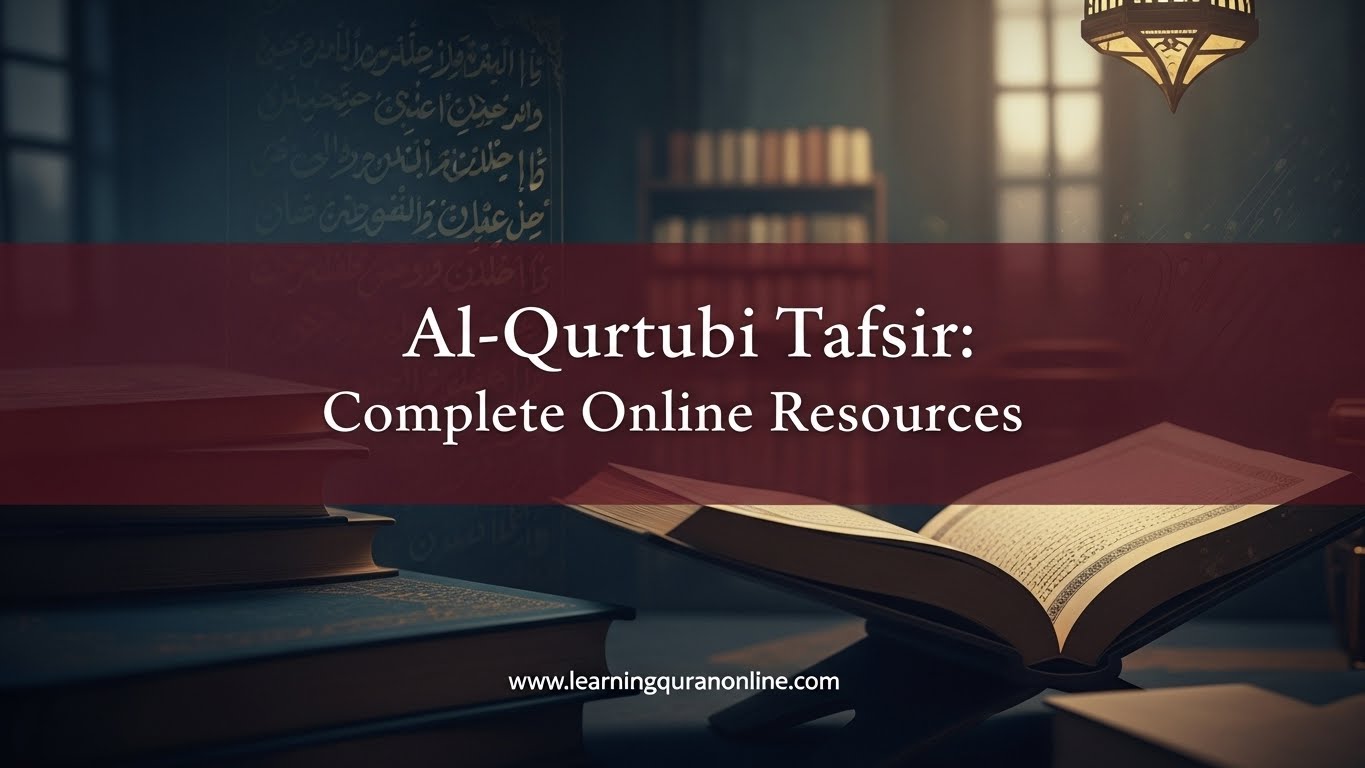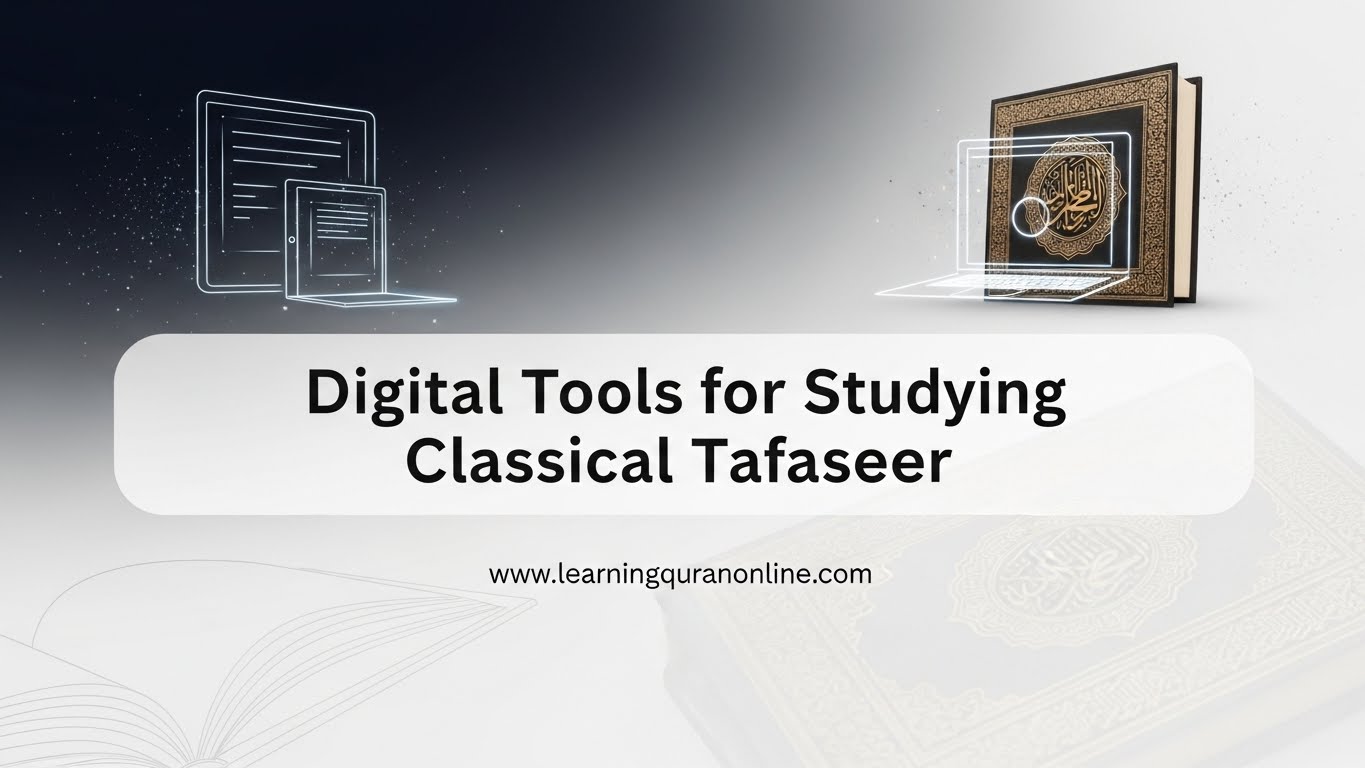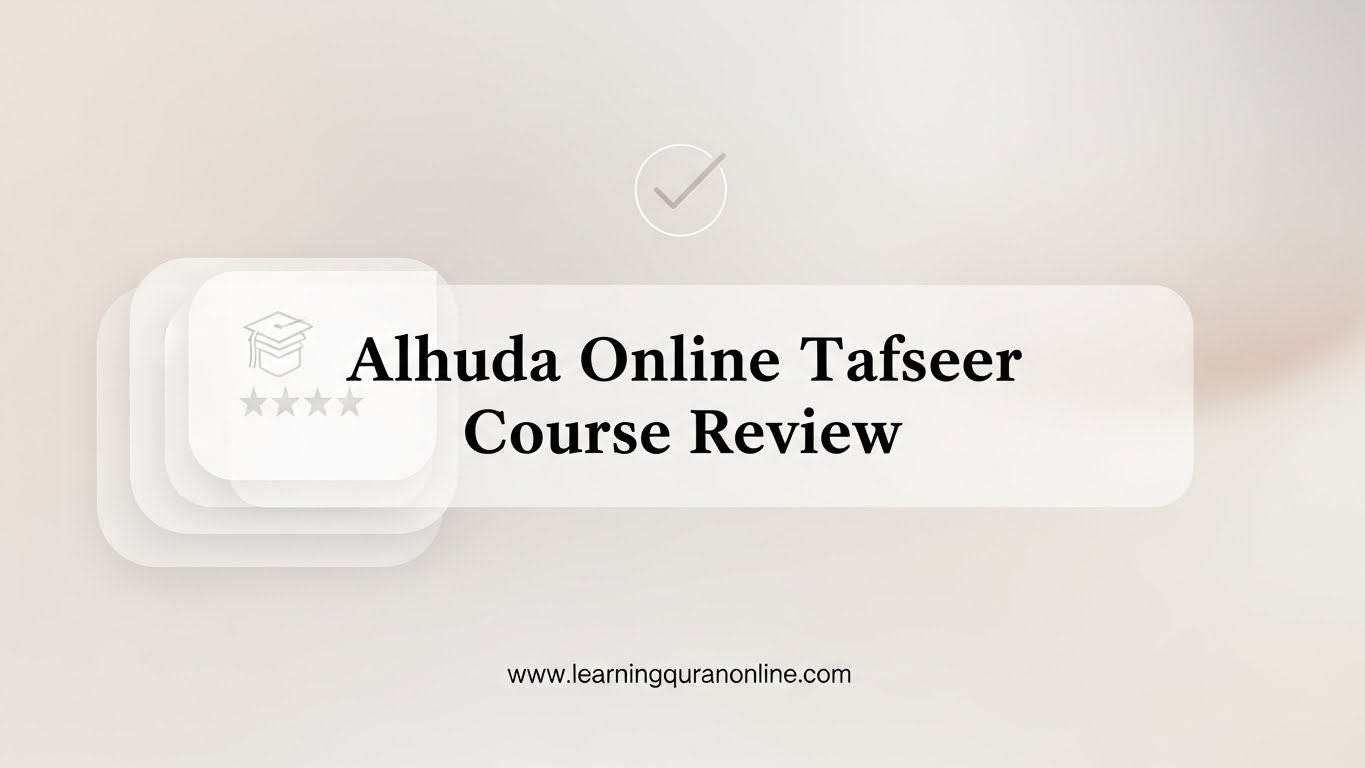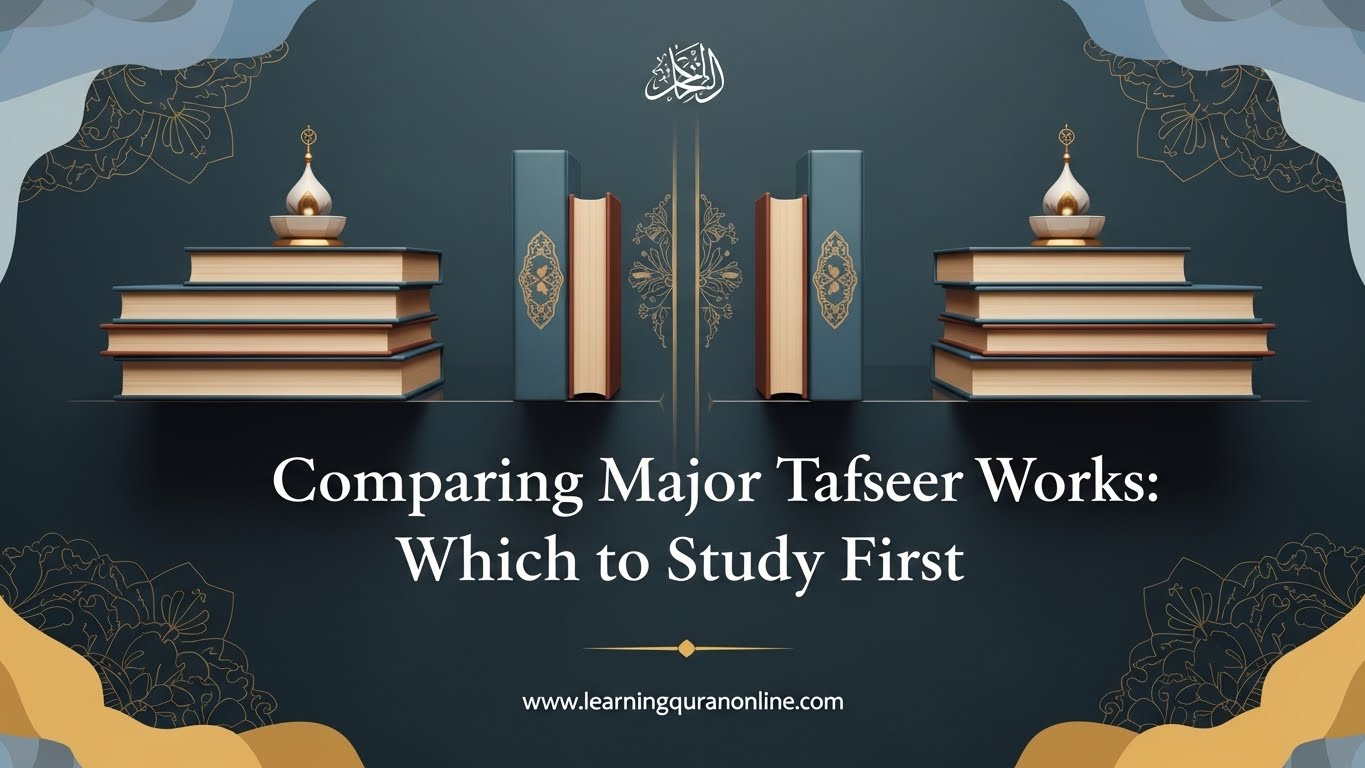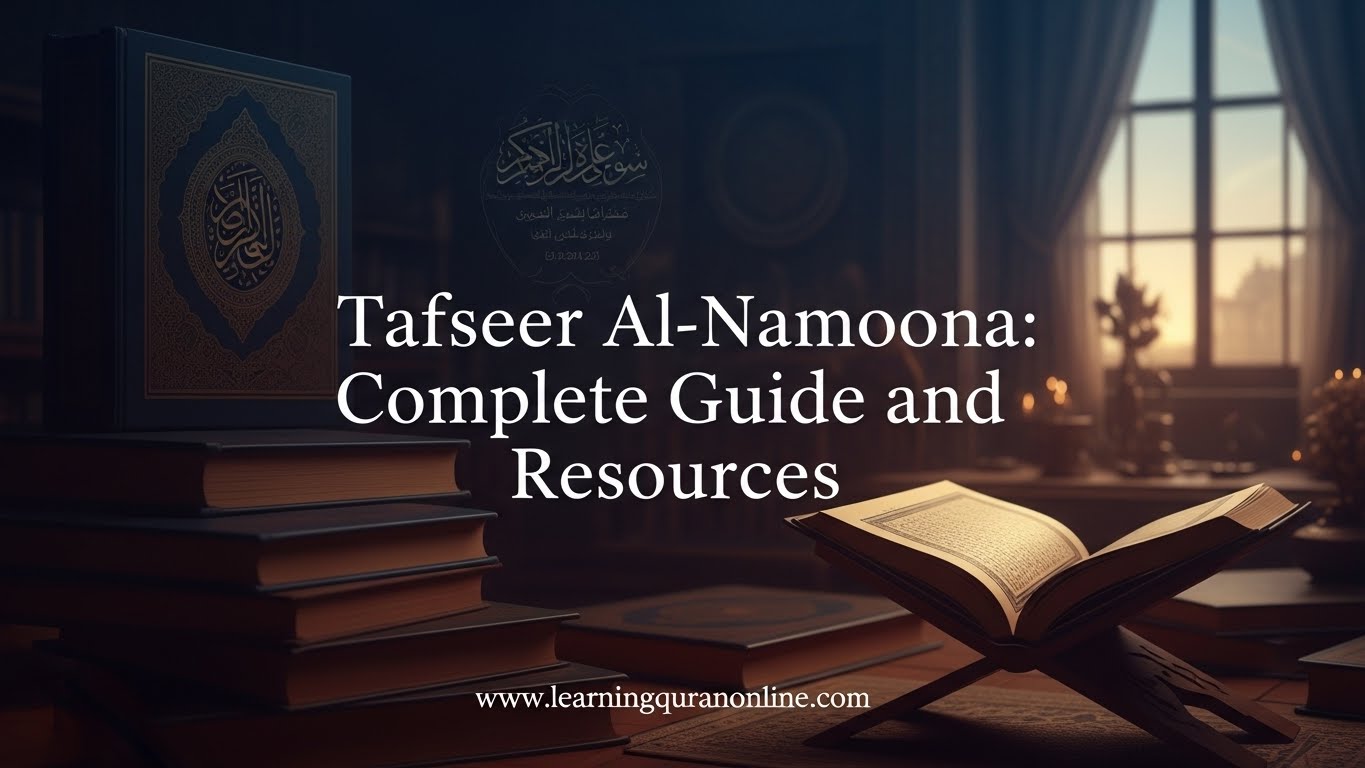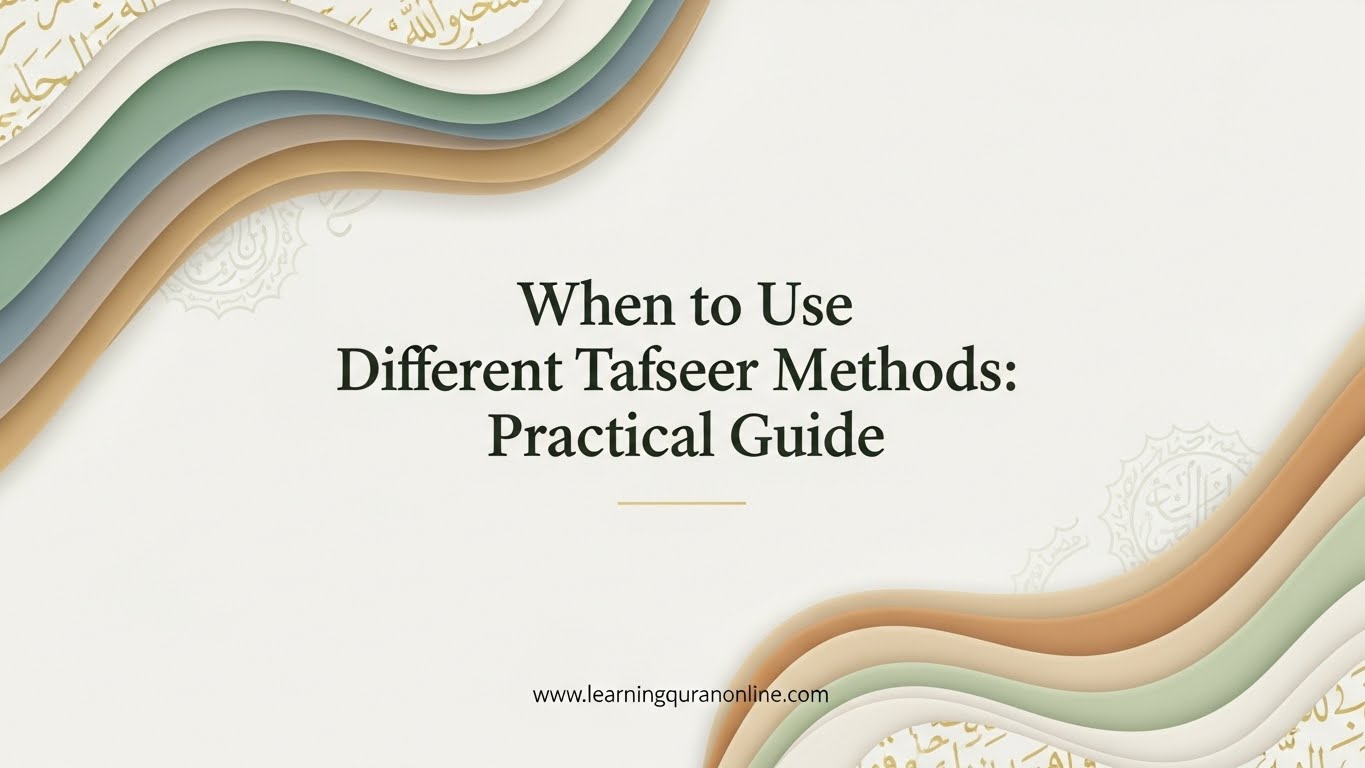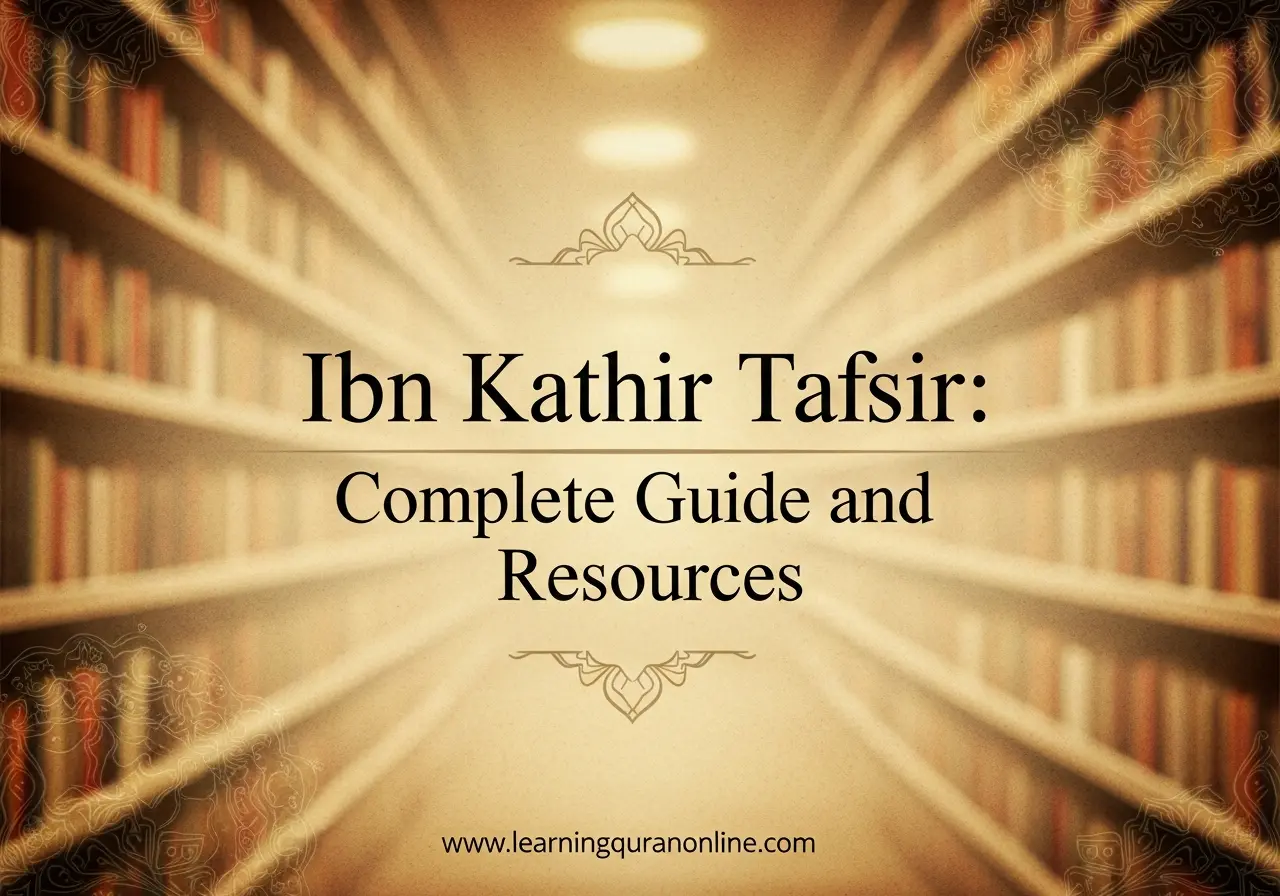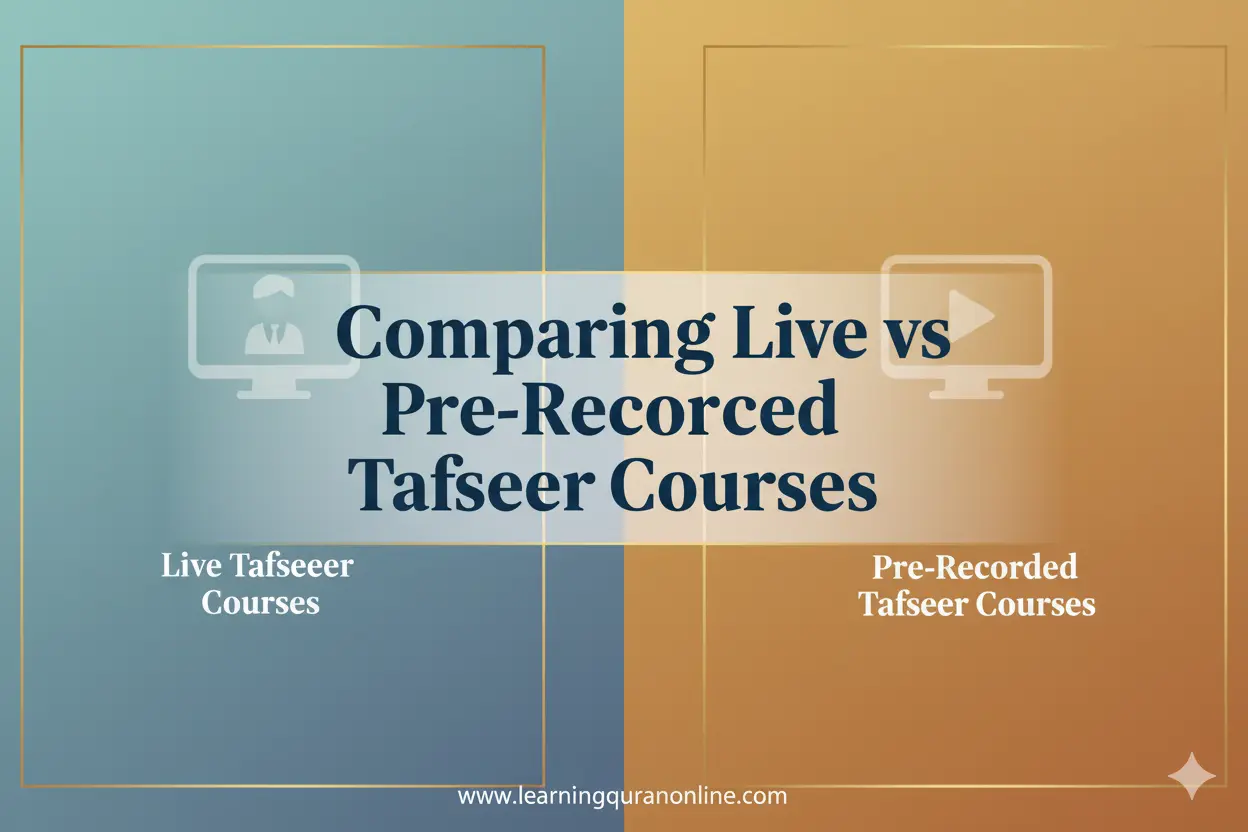Table of Contents
ToggleWhat is a Digital Mushaf and a Physical Quran?
A Digital Mushaf (also called e-Quran, Quran app, or Quran PDF) is an electronic version of the Mushaf Sharif designed for use on smartphones, tablets, e-readers, and computers. It often includes features such as audio recitation, translations, tafsir (exegesis), search functionality, bookmarks, and tajweed guidance.
The Physical Quran (Printed Mushaf or Hardcopy Mushaf) is the traditional paper Quran, often printed in the Uthmani script with standard page layout, color-coded tajweed, and classical calligraphy. It is widely used in mosques, homes, and madrasas for both recitation and memorization.
Key Comparison Areas
1. Accessibility and Portability
Digital Mushaf:
- Highly portable — thousands of pages and multiple translations fit on a single device.
- Immediate access anytime, especially useful for travelers or people on-the-go.
- Offline access available in many apps, but often reliant on device battery and periodic updates.
Physical Quran:
- Requires no power — accessible even during power outages or when devices are not allowed.
- A single Mushaf is less portable than a phone but many readers prefer carrying a pocket-sized Mushaf.
- Easy to use in communal settings, mosques, and traditional study circles.
2. Reading Experience and Learning
Digital Mushaf:
- Features like adjustable font size, night mode, and text-to-speech can help learners and those with visual challenges.
- Interactive tajweed tools, synchronized audio recitation, and word-by-word translations support learning and tajweed improvement.
- Search functions and bookmarks speed up research and comparative study (e.g., finding verses, checking tafsir).
Physical Quran:
- Many learners find physical handling of the Mushaf helps with memorization (hifz) and spatial memory — remembering where verses appear on a page.
- Reading on paper reduces distractions compared to multi-purpose devices, improving concentration and deep reflection (tadabbur).
- Traditional layouts and color-coded tajweed aid recitation practice without electronic reliance.
3. Authenticity and Accuracy
Digital Mushaf:
- Authenticity depends on the source — official publishers and recognized institutions are preferable to random PDFs or unofficial apps.
- Apps can offer multiple qira’at (recitation styles) and verified Uthmani script versions, but users must verify which edition is used.
- Updates can correct errors quickly, but they can also introduce unintended changes if not properly reviewed.
Physical Quran:
- Printed Mushafs from reputable publishers are generally reliable and standardized (Uthmani script, verified print runs).
- Possibility of printing errors exists but is less common when purchased from trusted sources.
4. Features & Tools
Digital Mushaf advantages:
- Audio recitations by multiple qaris for tajweed practice.
- Word-by-word translation, tafsir links, and cross-references within seconds.
- Annotations, search function, bookmarks, highlights, and progress trackers for learning.
- Multimedia lessons, interactive tajweed exercises, and integration with online Quran courses.
Physical Quran advantages:
- Tactile experience; physical notes and margin annotations that are permanent and personalized.
- No distractions from notifications; focused recitation and reflection environment.
- Traditional classroom and mosque settings often use printed Mushafs for uniformity.
5. Durability, Maintenance, and Longevity
Digital Mushaf:
- Dependent on device lifespan, battery health, and software compatibility.
- Files can be backed up to cloud storage to prevent loss, but digital corruption or accidental deletion is a risk.
Physical Quran:
- With proper care, a printed Mushaf can last for generations; bound copies are durable and repairable.
- Physical damage (water, tearing, wear) can be mitigated with protective covers, but is irreversible if severe.
6. Cost and Environmental Impact
Digital Mushaf:
- Many apps and e-Qurans are free or low-cost, and a single device hosts multiple copies and translations.
- Reduced paper use is an environmental advantage, but electronic devices have manufacturing and disposal costs.
Physical Quran:
- Purchasing a high-quality Mushaf can be a one-time investment; cheaper copies are widely available.
- Paper production and printing have environmental footprints; however, printed Mushafs can be used for decades.
Spirituality, Etiquette and Respect
Regardless of format, respect for the Quran is essential. For the Physical Quran, traditional etiquette includes performing wudu (ablution) before touching the Mushaf for many Muslims, keeping the Mushaf on a high place, and handling it with clean hands. With Digital Mushafs, scholars and users discuss etiquette: some suggest respectful handling, avoiding placing devices on the floor, using protective covers, and ensuring the Quran file is from an authentic source.
Pros and Cons Summary
Digital Mushaf — Pros
- Highly portable and searchable.
- Multimedia aids (audio, tafsir, translation).
- Customizable reading experience (fonts, sizes, color modes).
- Great for beginners, visual learners, and tech-savvy users.
Digital Mushaf — Cons
- Device dependency and battery concerns.
- Potential distractions and notifications.
- Authenticity and edition verification needed.
Physical Quran — Pros
- Tactile and spiritual connection that many readers value.
- Supports memorization through spatial memory.
- No power or software dependence.
Physical Quran — Cons
- Less flexible for audio and interactive learning aids.
- Carrying multiple translations or tafsir volumes can be heavy.
- Physical wear and environmental impact from printing.
Who Should Choose Which?
There is no single “best” option — the right choice depends on personal needs, learning goals, and circumstances:
- If you travel frequently, need instant access to translations, or prefer interactive tajweed tools, a Digital Mushaf or Quran app is ideal.
- If you are memorizing (hifz), seek a deep tactile relationship with the Mushaf, or prefer distraction-free study, a Physical Mushaf may be better.
- Many students benefit from a hybrid approach: using a Digital Mushaf for audio and translation while practicing recitation and memorization with a Physical Mushaf.
Best Practices When Using a Digital Mushaf
To maximize benefits and avoid common pitfalls, follow these practical tips:
- Download apps or e-Quran files from reputable publishers, recognized institutes, or official stores to ensure authenticity.
- Use airplane mode or app settings to reduce distractions while reading or reciting.
- Keep backups of important files and consider offline download options to avoid dependency on internet connectivity.
- Pair audio recitation with visual text to enhance tajweed and understanding.
- Respect digital etiquette: keep device clean, avoid placing it directly on the floor, and use protective covers if you treat it as a Mushaf.
How to Choose a Printed Mushaf
When buying a Physical Quran look for:
- Uthmani script editions with clear, standardized orthography.
- Color-coded tajweed if you are learning tajweed rules.
- Trusted publishers and authenticated print runs.
- High-quality binding and paper if you plan long-term use or want the Mushaf to be durable.
Conclusion: A Balanced, Contextual Choice
Digital Mushaf and Physical Quran each provide meaningful benefits. Digital Mushafs empower modern learners with portability, multimedia, and search capabilities that accelerate understanding and tajweed practice. The Physical Mushaf offers the traditional, tactile experience often favored for deep memorization, spiritual reflection, and formal settings.
Rather than viewing them as exclusive choices, many readers find the most practical and spiritually rewarding approach is a combination: use digital tools for study, translation, and listening, and a printed Mushaf for formal recitation, memorization, and moments of focused worship. For structured online learning that integrates both digital tools and classical methods, resources like Learning Quran Online can guide students in using both formats effectively.
Final Recommendations
Choose based on your primary goals:
- For convenience, study on-the-go, and multilingual support — opt for a reliable Digital Mushaf or Quran app.
- For memorization, recitation accuracy, and a distraction-free spiritual experience — prefer a high-quality Physical Mushaf.
- Consider a hybrid setup: an e-Quran for lessons and audio, plus a printed Mushaf for daily recitation and worship.
Whichever format you choose, prioritize authentic sources, consistent practice, and respect for the sacred text. Both digital and printed Mushafs are means to the same end: understanding, living by, and reflecting on the guidance of the Quran.
